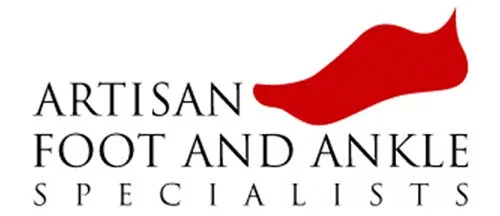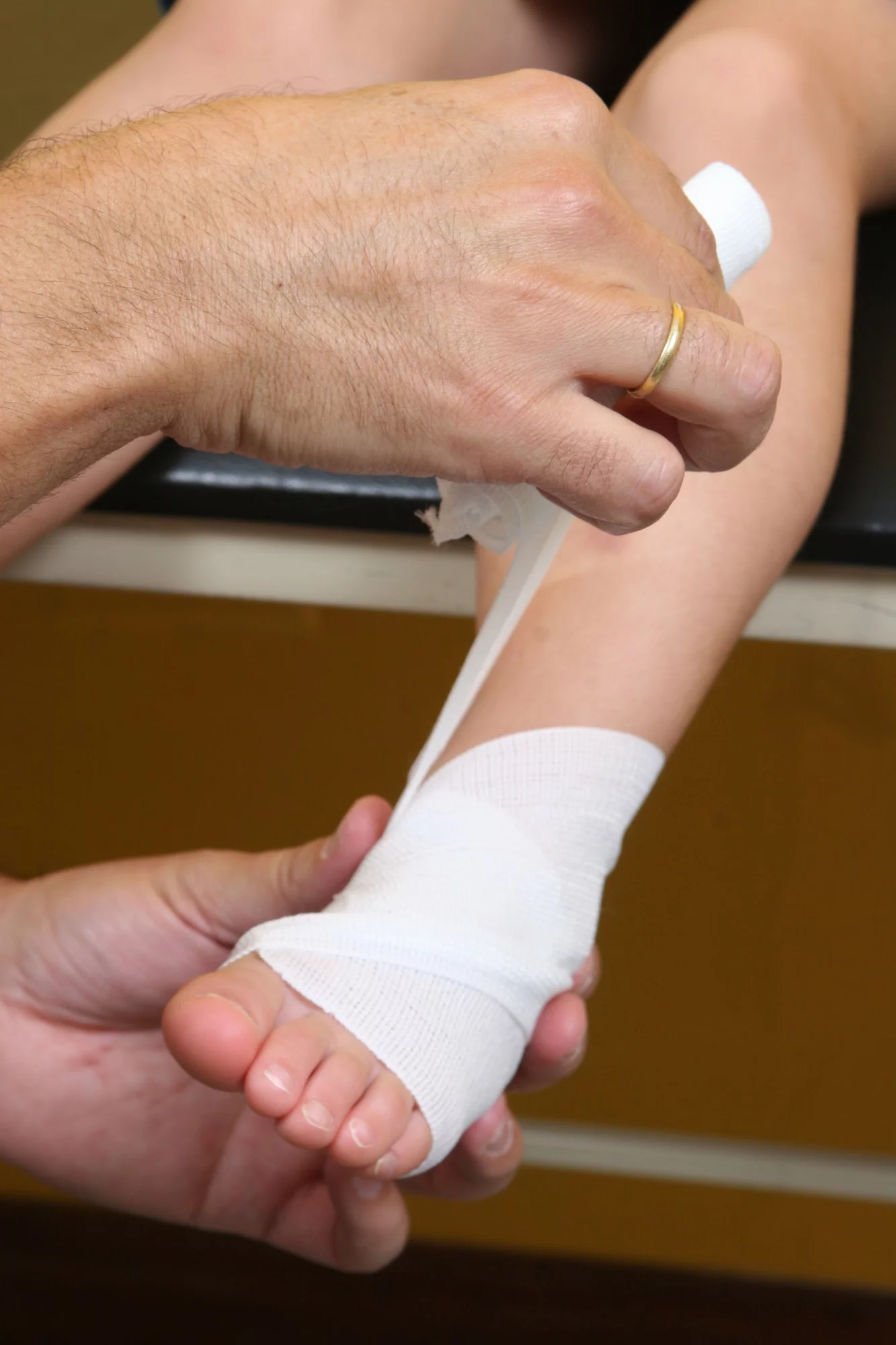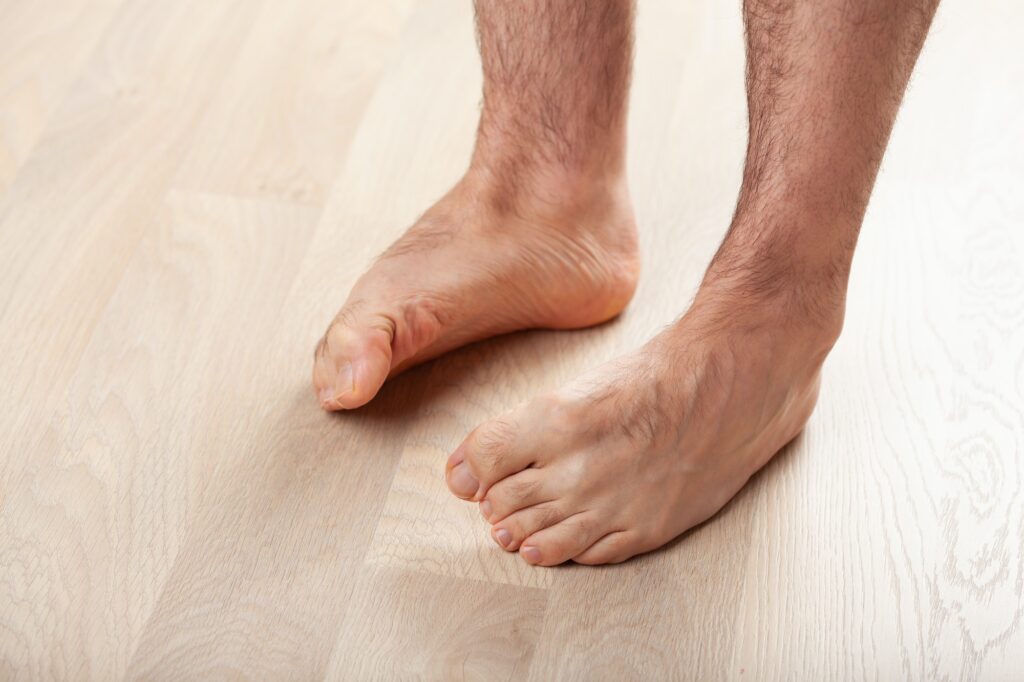Foot Arch Disorder
The arches of the feet help in supporting the body and maintaining balance, when stationary, and when moving. It helps in the movement of walking and in maintaining balance when running, jumping and when pivoting, turning etc.
The arch of the foot is made up of the tarsal and metatarsal bones along with a number of tendons and ligaments. Arch disorders could be present from birth, but normally manifest in teenagers or may even show up later for the first time in adults.
Symptoms of Arch disorder
- Leg cramps
- Muscle pain
- Aching feet
- Foot pain at the end of the day
- Calluses on the ball of the foot, side, or heel
- Tired feet
- Shortened foot length
- Pain in the arch, ankle, heel or outside of foot
- Heel tilts inward
- Shoes don’t fit properly
- Pain when walking
- Changes in gait
- Claw-like, or bent toes
- Toe drift
- Foot pain when walking, standing, exercising, or playing sports
- Difficulty finding shoes that fit properly
Causes of Arch disorders
Foot deformities
An arch disorder can occur due to a foot deformity and may be present from birth. It would become a problem as the child gets older. This could include problems like:
High arches
High arched feet, also called cavus feet, is as the name implies, a disorder caused by an abnormally high arch of the foot. This causes excess amounts of weight to be placed on the ball and heel of the foot, which can cause pain and other complications.
Flat feet
This is the opposite condition from high arches as the feet have little or no arch. This causes the feet to plant fully on the ground with no space. It can cause pain in the feet, structural deformity and due to that, compensation problems in other parts of the body too.
Posterior tibial tendon dysfunction
This condition leads to changes in the posterior tibial tendon that runs from the calf muscles to the inner portion of the foot, which in turn affects its ability to support the arches of the foot.
Injury and trauma
Arch disorders could be caused by injury and trauma that may affect the structure of the feet, causing arch pain, like:
Bone fractures
Stress fractures in the metatarsals can cause arch disorders. It can be helped with orthotic shoes and physical therapy.
Ligament and tendon tears
Trauma that causes these tears could include lacerations or extreme sports injuries. It may need surgery and further therapy to set it right.
Nerve tears
This is also associated with trauma and would need surgical help.
Plantar fasciitis
The band of tissue that connects the front of the feet to the back can get inflamed and traumatised due to over use or trauma.
Lifestyle, illnesses and habits
Arch disorders could be caused by lifestyle, illnesses and habits like:
Obesity
Excess weight can put more pressure on the feet causing arch disorders, like flat feet and plantar fasciitis.
Playing high intensity sports
Extreme sports can cause tendon and ligament tears which affects the arch. Intense sports like long distance running and over exercising can cause arch pain.
Age
As a person grows older, the ligaments, muscles and tendon weaken and may even fall, causing arch disorders.
Illnesses
Certain conditions can affect the feet and cause structural deformities of the feet, giving rise to arch disorders, like RA and diabetes.
Arch disorders can affect quality of life in the long term if not treated. There are number of treatment options available like bracing, orthotics, or custom support devices that provide support and protection to the arches of the feet.If you have foot pain, swelling or other arch disorder symptoms that affect movement and quality of life, you should seek podiatric help.



